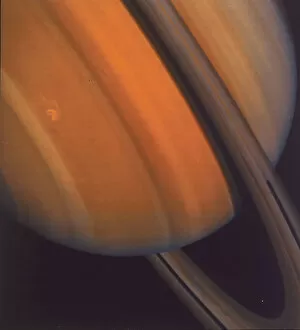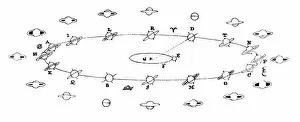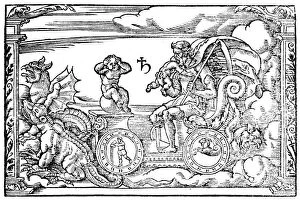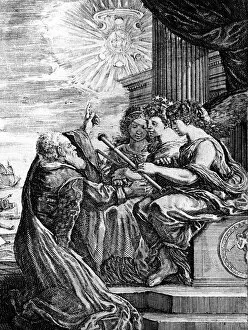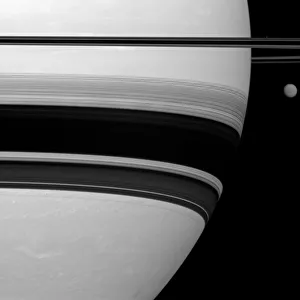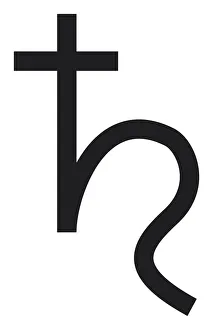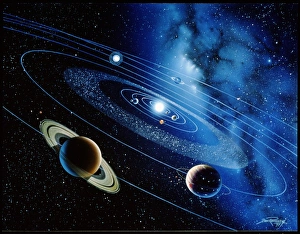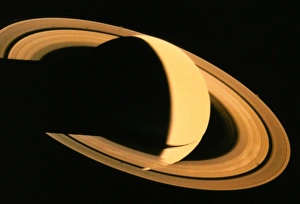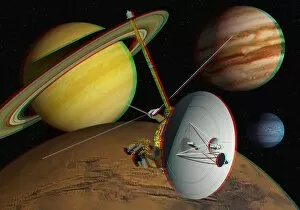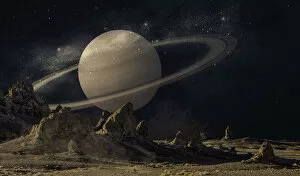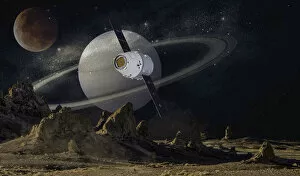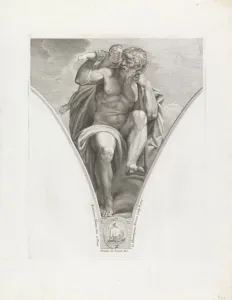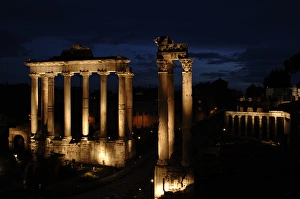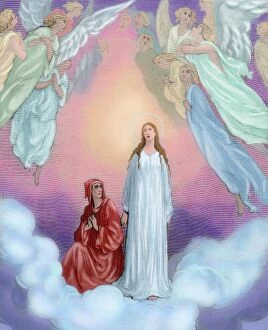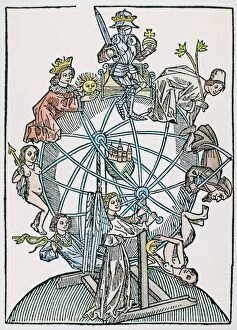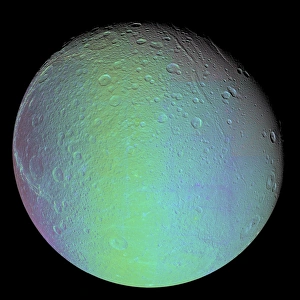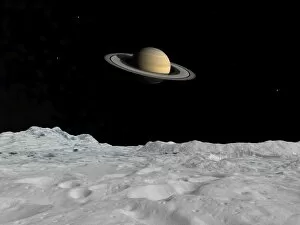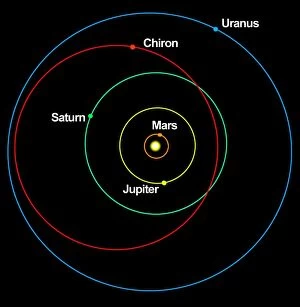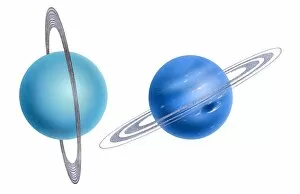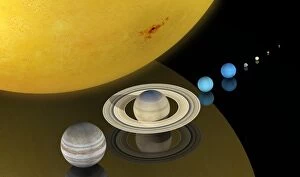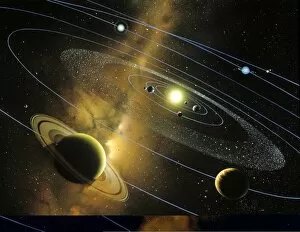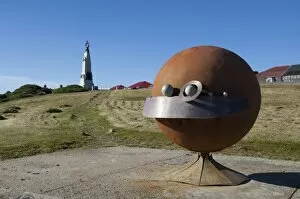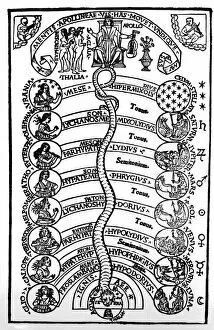Saturn Collection (page 6)
"Unveiling the Mysteries of Saturn: A Journey through Time and Space" Step into the realm of palmistry as we explore a captivating map etched onto the hand
All Professionally Made to Order for Quick Shipping
"Unveiling the Mysteries of Saturn: A Journey through Time and Space" Step into the realm of palmistry as we explore a captivating map etched onto the hand, revealing secrets that lie within. Transporting us back to the 14th century, the Catalan Atlas unveils its celestial wonders, showcasing Saturn amidst a mesmerizing Solar System artwork. Behold. The planets of our vast Solar System come alive before our eyes. Witness their grandeur as they stand side by side, each with its unique size and allure. Voyager I grants us an extraordinary composite view accompanied by six enchanting moons, leaving us in awe of their celestial dance. Cassini's lens captures Saturn in all its natural glory - a breathtaking sight that leaves no room for doubt about its ethereal beauty. "The Day the Earth Smiled" echoes throughout space as Cassini immortalizes this momentous encounter. Embark on a lunar expedition through time with an early map from 1810, guiding us across craters and valleys on our quest for knowledge. Our journey takes flight once more towards distant realms within our Solar System; behold Saturn's majestic rings in all their splendor through Cassini's lens. Yet amidst this cosmic marvel lies GOYA's haunting masterpiece - "Saturn Devouring a Son. " Oil strokes depict both fascination and fear as we ponder over mankind's eternal struggle between creation and destruction. From ancient maps to modern-day revelations, let your imagination soar among stars as you delve into the enigmatic world – where mysteries unfold at every turn.

